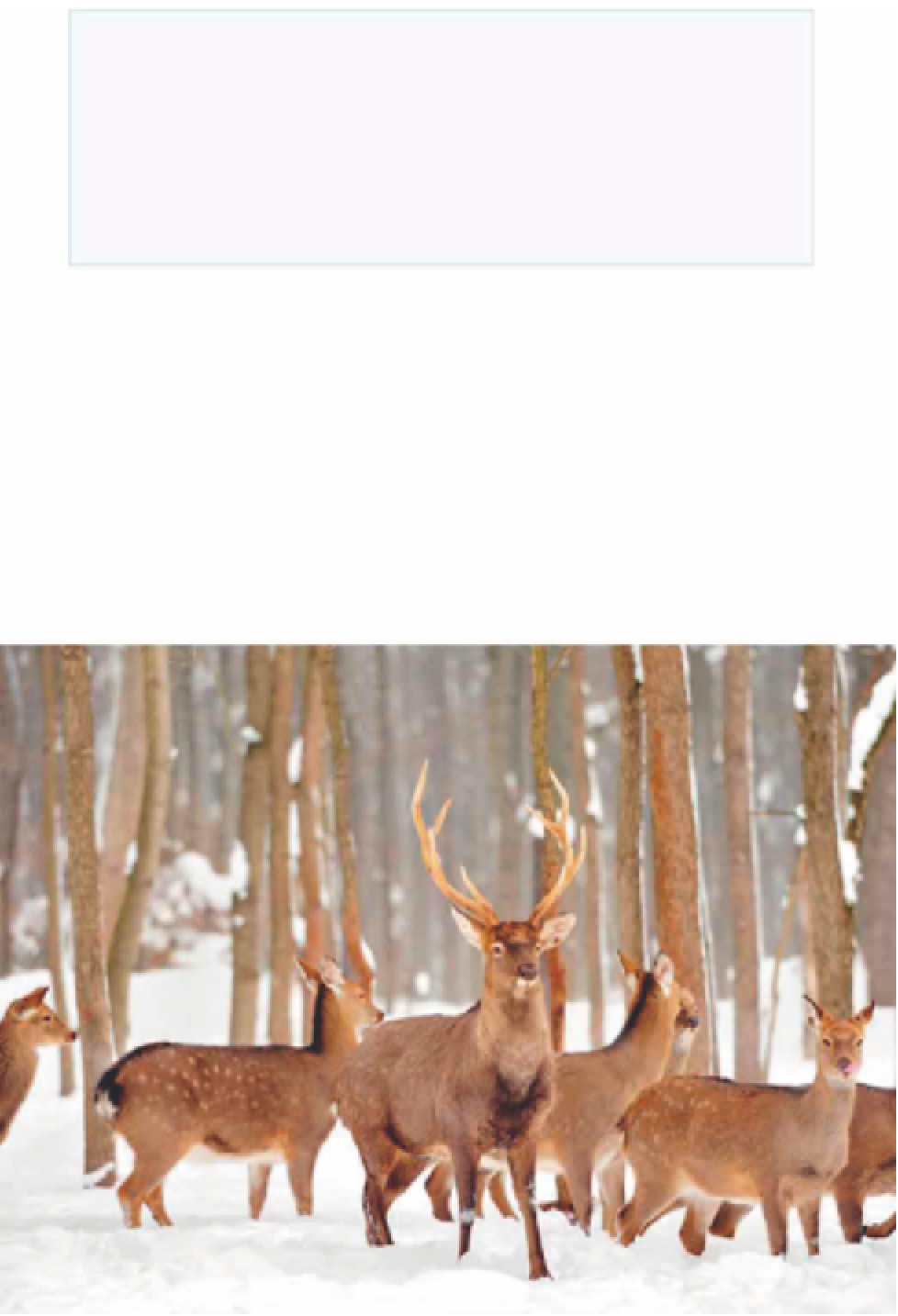Travel Reference
In-Depth Information
CEILIDHS
Highlanders know how to throw a good party, so if you hear rumours of a ceilidh (pronounced
“kay-lee”) nearby, change your plans to be there. From the Gaelic for “a visit”, a ceilidh has its
roots in an informal, homespun gathering of music, song, poetry and dance. These days, often
helped along by a dram or two of whisky, they're lively events in the local pub or village hall.
The main activity is dancing to set patterns, with music traditionally provided by a fiddler and
an accordionist, though modern drums, guitar and electric bass are now common too. While
the whirling reels or jigs appear fiendishly complex, the popular ones aren't hard to pick up
and to help novices a dance “caller” teaches the steps beforehand. You'll find a whisky or two
helps you get into the swing of things as well. Either way, the fun is infectious.
The months of
April
and
October
bracket the season for many parts of rural Scotland.
Many attractions, tourist offices and guesthouses open for business at Easter and close
after the school half-term in October. If places do stay open through the winter, it's
normally with reduced opening hours; the October-to-March period is also the best time
to pick up
special offers
for accommodation. Note, too, that public transport will often
operate on a reduced winter timetable.
Winter
days, from November to March, can be crisp and bright, but are more often
cold, overcast and all too short. Nevertheless,
Hogmanay
and
New Year
has traditionally
been a good time to visit Scotland for partying and warm hospitality. On a clear night in
winter, visitors in the far north might see displays of the
aurora borealis
, while a fall of
snow in the Highlands will prompt plenty of activity in the
ski resorts
.































Search WWH ::

Custom Search